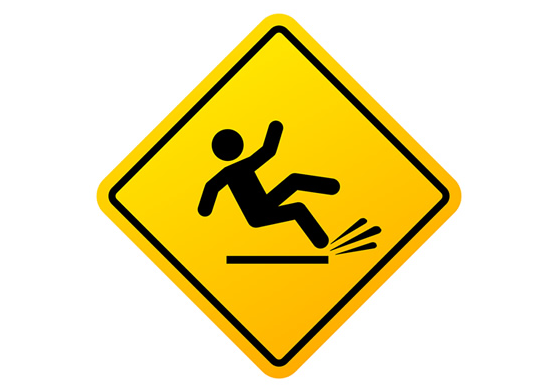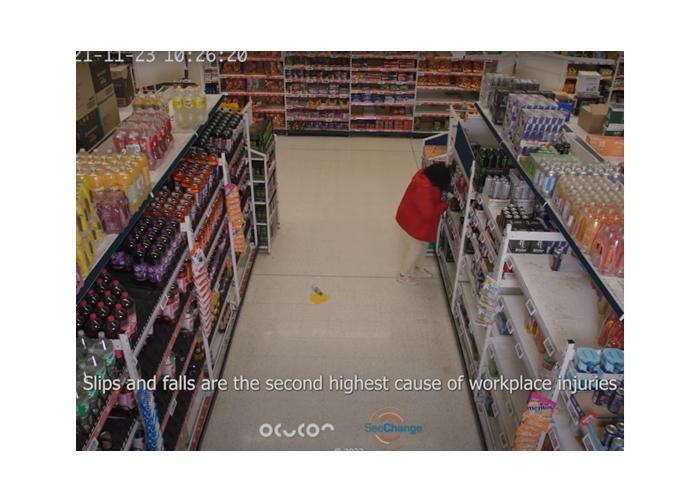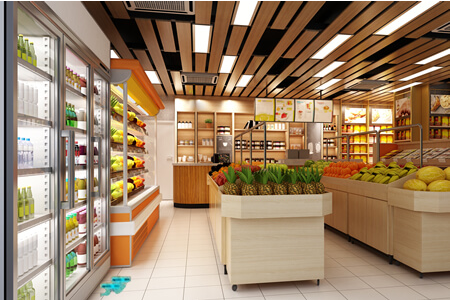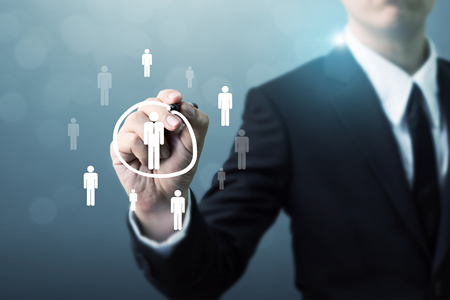How to Prevent Slips, Trips and Falls through using AI Software to Mitigate Personal Injury Risks
What causes Slips, Trips and Falls?
As highlighted by research from the Health and safety Executive (HSE) slips, trips and falls can happen anywhere, at any time and in any environment. They can be triggered by numerous incidents, from customers dropping items and failing to report them to condensation collecting on cold surfaces over time and leaking onto floors. Defective or broken equipment, for example refrigerators, can also prove to be a common cause of slips and trips (source).
A recent report released by the HSE, suggests that slips, trips and falls are the leading cause of non-fatal injuries and account for a staggering 31% of all major workplace injuries (source). This data highlights the risk to staff, associates, customers, contractors and members of the public that visit workplaces. Research also indicates that contamination is implicated in almost all slip accidents, which illuminates the importance of being able to swiftly identify and then remove contamination, as it helps to reduce accidents (source).
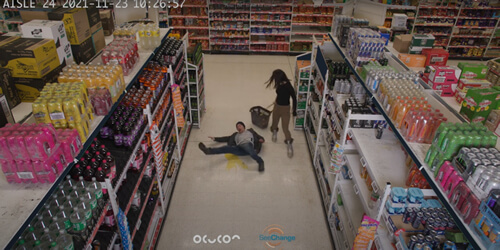
Slips, Trips and Falls – Clean-up Events
Since most slips, trips and falls occur on wet or dirty floors, for example those contaminated through dropped or broken items or by faulty refrigeration equipment leaking fluid, research has highlighted the need for cleaning to happen at the right time, and to be carried out in the right way (source). For example, ensuring timely action to deal with events so that they are addressed using the correct products, and equipment, for the job.
Incorrect clean-up, or poor housekeeping, is one of the main causes of slips, trips and falls (source), a point noted by research from the HSE into slip incidents (source). For example, incorrect clean-up can take a relatively small or localised spill and exaggerate the size of this hazard tenfold through inappropriate mopping. As noted by the HSE, the process of cleaning can create slip and trip hazards, especially for those entering the area being cleaned. This is not limited to the cleaners, but also includes customers within a retail environment who may be exposed to related spaces. Typical examples include smooth floors left damp and slippery through inappropriate cleaning regimes, which present trip hazards (source).
Precise and effective cleaning regimes are therefore critical to managing hazards that lead directly to slips, trips and falls. This in turn requires good management systems to help employees and associates to quickly identify problem areas and take correct, decisive action to minimise the risk that they represent to health and safety. A factor underpinned by good communication at all levels, to ensure the dissemination of information through effective training and supervision (source).
By clearly outlining the duties and responsibilities of cleaning teams they will be able to deal correctly with the hazards that drive slips, trips and falls in both a timely and appropriate manner. Note that a lack of understanding generates sub-standard hazard identification, risk assessment and control through processes hardwired into cognition (source). These traits, which we are all susceptible to, induce shortcuts and manifest as a poor perception of risk. This factor provides yet another key driver of slips, trips and falls and illuminates key findings of research published by the HSE, which shows 71% of them are entirely avoidable (source)
However, by using the correct equipment as noted above, for example an absorbent or dry mop, these types of events may be dealt with much more effectively and efficiently from a risk management perspective. For example, ensuring the suitability of a cleaning product or procedure for the type of contaminant and floor (source). This point is of some import, particularly when noting that contaminated flooring is the key driver of slips, trips and falls.
Why is it important to deal with Hazards that cause Slips, Trips and Falls?
Research has shown that there is a clear correlation between the size of contamination and duration that it is in place to the risk that it presents from a health and safety perspective, as it directly influences rates of slips, trips and falls (source). Particularly, when prevention can help reduce the number of injuries, legal costs and employers’ liability insurance.
A failure to deal efficiently and effectively with hazards that cause slips, trips and falls leaves employers and organisations liable to what is currently an annual cost for businesses in the US of over $11bn (source), along with what can also prove to be an incalculable impact upon human life. Not only do businesses and organisations have a legal responsibility to provide a safe environment for those that work on and visit their sites so that they are kept from harm, there is also the moral obligation to do so.
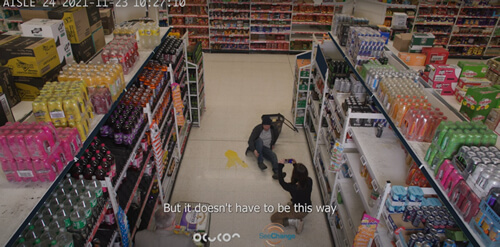
How to Prevent Slips, Trips and Falls with AI Software?
There is a legal obligation placed upon organisations to assess the risk from slips and trips and to take reasonable precautions (source). Furthermore, the literature focuses upon preventative measures, as highlighted within articles published by the HSE (source). But how do you prevent slips, trips and falls from occurring in the first place when underlying drivers revolve around contaminated floors and the incidents which cause them? Or more specifically, the liquid spills or leaks that can happen anywhere and at any time within a working environment, many of which go unreported. For example, those caused by customers dropping items (source).
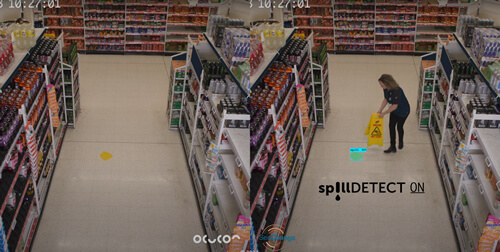
For the first time, businesses and organisations that wish to take pre-emptive action to negate the risks of slips, trips and falls can now do so through deploying low cost AI software over existing CCTV networks, without the need for additional hardware or infrastructure upheaval. SpillDetect from Ocucon simply gives you what you need to differentiate your business by becoming the safest place to work and shop, through facilitating timely responses by your team to hazards that are the primary cause of slips, trips and falls, so that they can be dealt with in an appropriate manner.
Our proven three step process gives businesses and organisations the system they need to mitigate the primary risk of slip and trip accidents:
- Detection – reliable and automatic detection of liquid spills (no additional on-site hardware)
- Operation – provides real-time alerts tailored specifically for your operational environment
- Process – facilitates immediate action through exception reporting to drive performance
Interested? Why not get in touch now, so that we can discuss the process from Proof-of-Concept to storewide rollout for low cost risk mitigation with SpillDetect?
